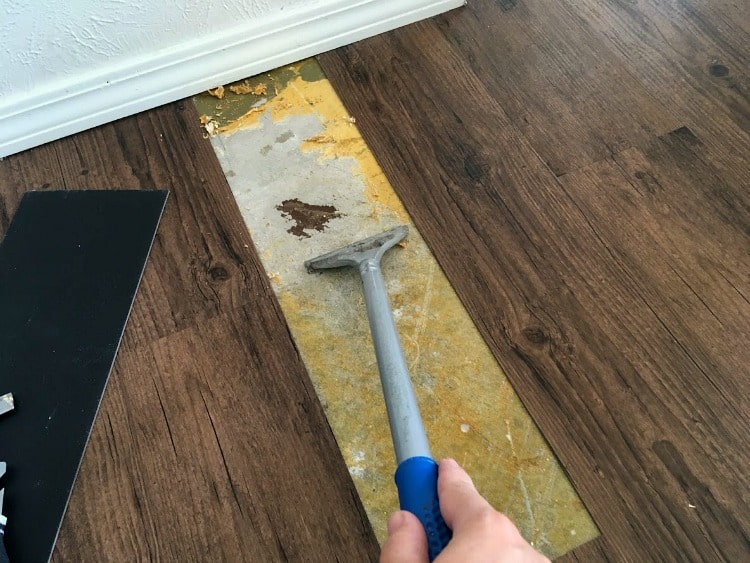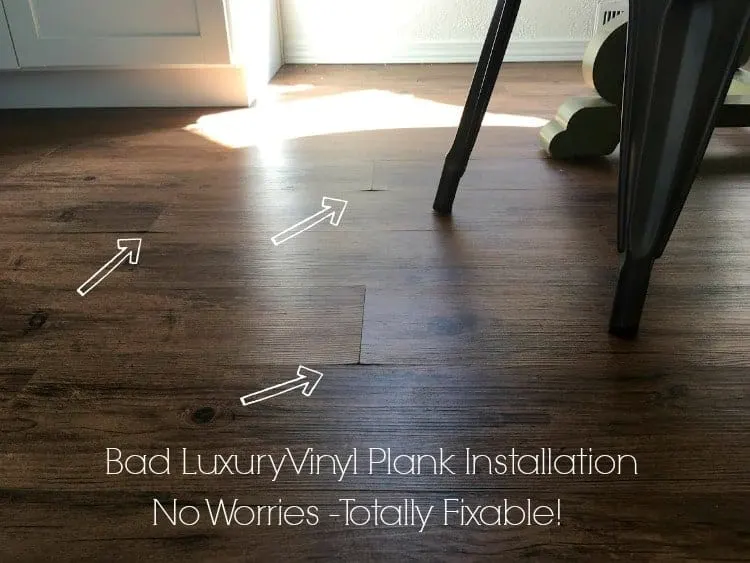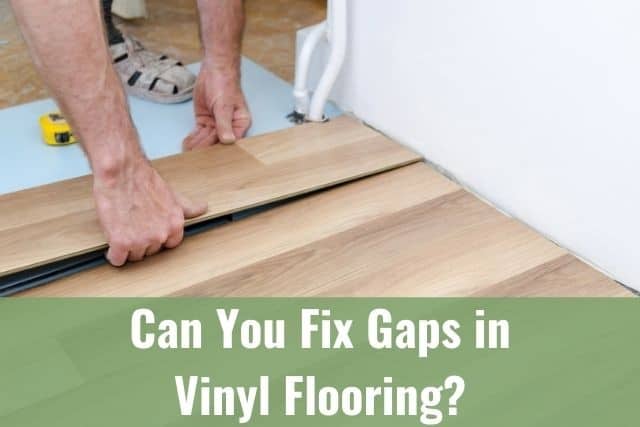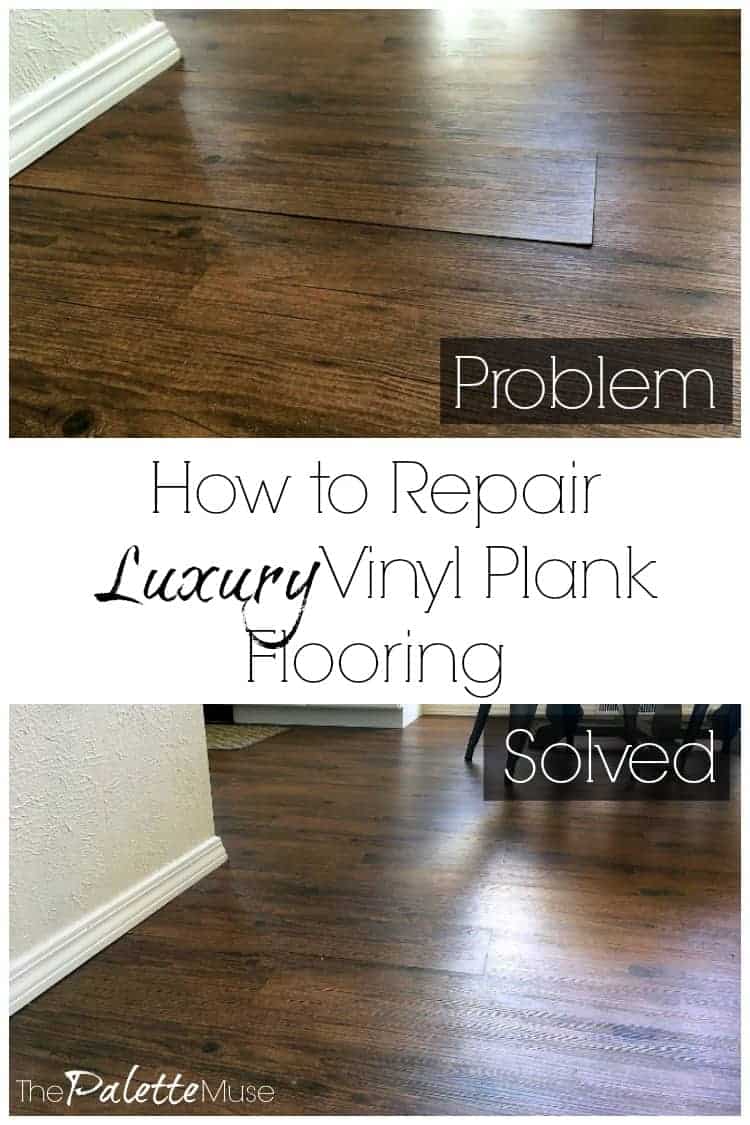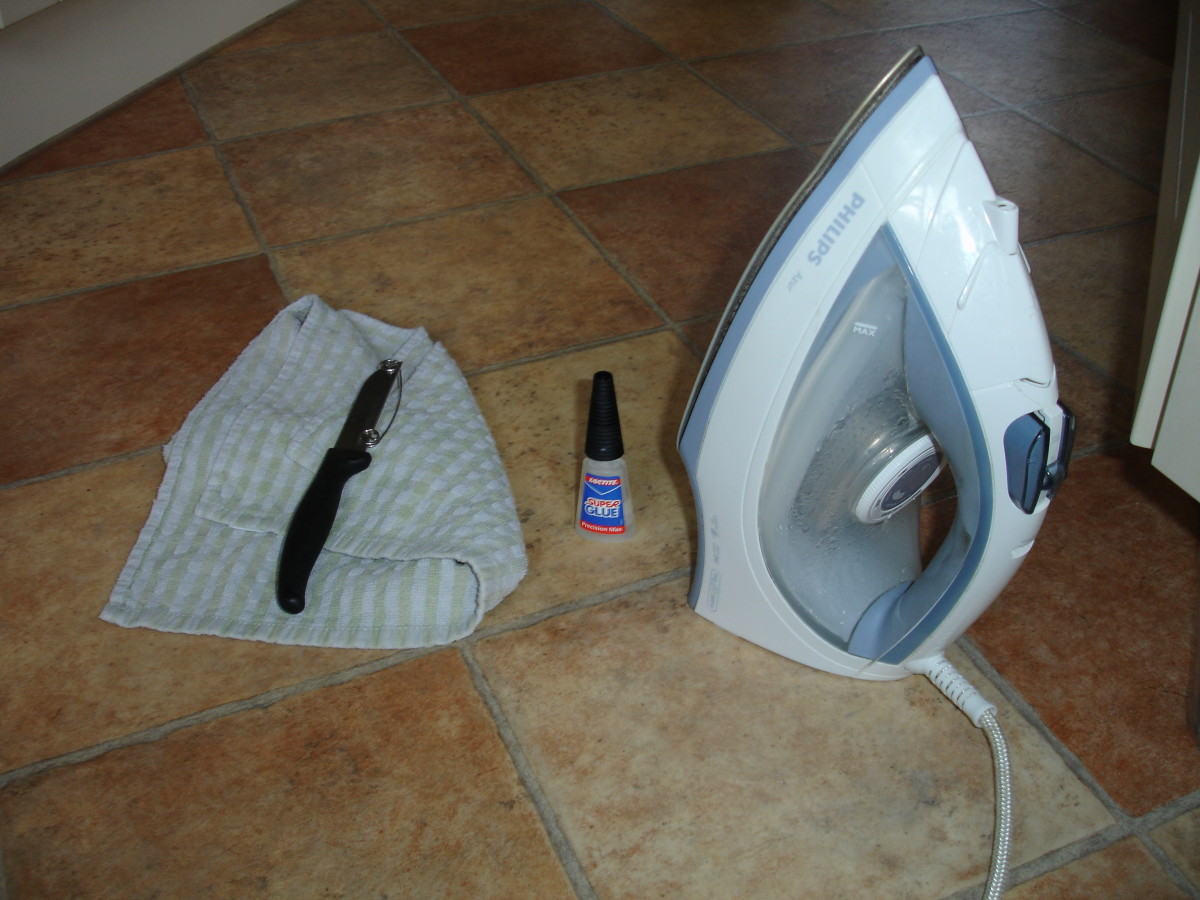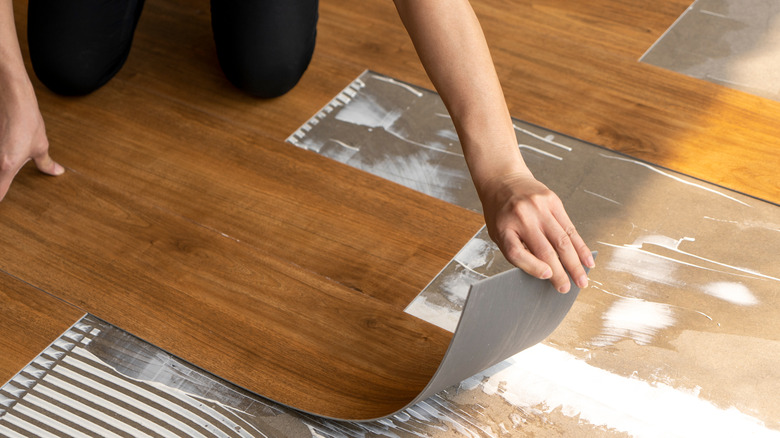Fixing Vinyl Flooring
Vinyl flooring is a popular choice for its durability, affordability, and ease of maintenance. However, like any flooring material, it can develop issues over time, such as scratches, tears, or loose edges. Whether you’re dealing with minor damage or more significant problems, fixing vinyl flooring can restore its appearance and functionality. Here’s a detailed guide to help you address common vinyl flooring issues effectively.
Repairing Scratches and Scuffs
- Surface Scratches: Light surface scratches can often be buffed out using a soft cloth and a small amount of vinyl floor cleaner. Gently rub the scratched area in a circular motion until the scratch becomes less noticeable.
- Deeper Scratches: For deeper scratches, use a vinyl floor repair kit. These kits typically include a filler compound that matches the color of your flooring. Apply the filler with a putty knife, smooth it out, and let it dry completely before walking on the area.
- Preventing Scratches: Place felt pads under furniture legs and use rugs or mats in high-traffic areas to prevent scratches. Avoid dragging heavy objects across the floor, as this can cause deep gouges.
- Regular Cleaning: Keep your vinyl flooring clean by sweeping or vacuuming regularly. Dirt and debris can act like sandpaper, causing scratches over time. Use a damp mop with a mild cleaner designed for vinyl floors to maintain its shine.
- Protective Coatings: Consider applying a vinyl floor polish or sealant to add a protective layer. This can help reduce the appearance of scratches and extend the life of your flooring.

Fixing Tears and Cuts
Small Tears: For small tears, use a vinyl repair adhesive. Apply a small amount of adhesive to the torn area, press the edges together, and wipe away any excess adhesive. Place a heavy object on top to hold it in place while it dries.
Larger Tears: Larger tears may require a patch repair. Cut out a piece of matching vinyl flooring slightly larger than the damaged area. Use a utility knife to remove the damaged section, apply adhesive to the patch, and press it into place. Smooth out any air bubbles and let it dry completely.
Seam Repairs: If the tear occurs along a seam, clean the area thoroughly and apply seam sealer. Use a roller to press the seam flat and ensure a secure bond. This will prevent further damage and keep the edges from lifting.
Preventing Tears: Avoid using sharp objects on vinyl flooring, as they can easily cause cuts or tears. Be cautious when moving furniture or appliances, and use protective pads or sliders to minimize the risk of damage.
Professional Help: For extensive damage or if you’re unsure about the repair process, consult a professional. They can ensure the repair is done correctly and match the patch to your existing flooring seamlessly.
Addressing Loose or Buckling Flooring
Identify the Cause: Loose or buckling vinyl flooring is often caused by moisture, improper installation, or temperature fluctuations. Identify the root cause before attempting any repairs.
Re-adhering Loose Sections: If a section of vinyl flooring has come loose, clean the area and apply vinyl floor adhesive. Press the flooring back into place, using a roller to ensure a strong bond. Wipe away any excess adhesive and let it dry completely.
Fixing Buckling: Buckling occurs when the flooring expands and contracts due to temperature changes. To fix this, cut a small slit in the buckled area to release the pressure. Apply adhesive underneath the flooring and press it flat. Use a heavy object to hold it in place while it dries.
Preventing Future Issues: Maintain a consistent indoor temperature and humidity level to prevent buckling. Use a dehumidifier in humid climates and avoid excessive moisture on the floor.
Replacing Damaged Sections: If the buckling or loosening is severe, you may need to replace the damaged section. Cut out the affected area, install a new piece of vinyl flooring, and secure it with adhesive. Ensure the new piece matches the existing flooring for a seamless look.
Restoring Faded or Discolored Vinyl Flooring
Cleaning and Polishing: Faded or discolored vinyl flooring can often be restored with a thorough cleaning and polishing. Use a vinyl floor cleaner and a soft mop to remove dirt and grime. Apply a vinyl floor polish to restore shine and protect the surface.
Removing Stains: For stubborn stains, use a mixture of baking soda and water or a specialized vinyl floor stain remover. Gently scrub the stained area with a soft brush, rinse with clean water, and dry thoroughly.
Avoiding Harsh Chemicals: Harsh chemicals can damage vinyl flooring and cause discoloration. Stick to mild cleaners and avoid using abrasive tools or scouring pads.
UV Protection: Prolonged exposure to sunlight can cause vinyl flooring to fade. Use curtains, blinds, or UV-protective window films to minimize direct sunlight on the floor.
Replacing Severely Faded Sections: If the fading is extensive and cannot be restored, consider replacing the affected sections. Choose a matching vinyl flooring material and follow the installation instructions carefully to ensure a consistent appearance.
How to Repair Luxury Vinyl Plank Flooring – The Palette Muse
Can You or Should You Fix Gaps in Vinyl Plank Flooring? – Ready To DIY
How to Repair Luxury Vinyl Plank Flooring – The Palette Muse
How to Install Vinyl Plank Flooring as a Beginner Home Renovation
How to Make Minor Repairs to Vinyl Flooring – Dengarden
Repair and Reglue Sheet Vinyl Floors (DIY)
How Your Iron Can Actually Fix Your Vinyl Flooring
Related Posts:


